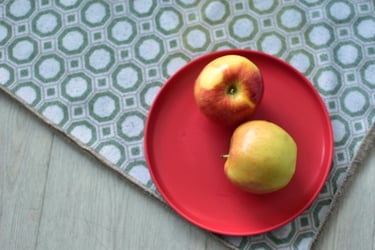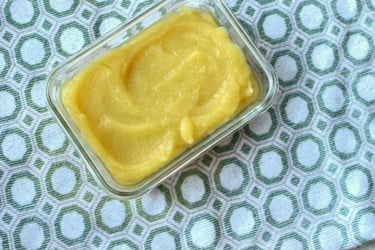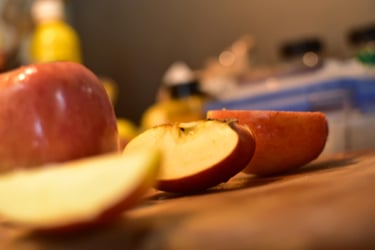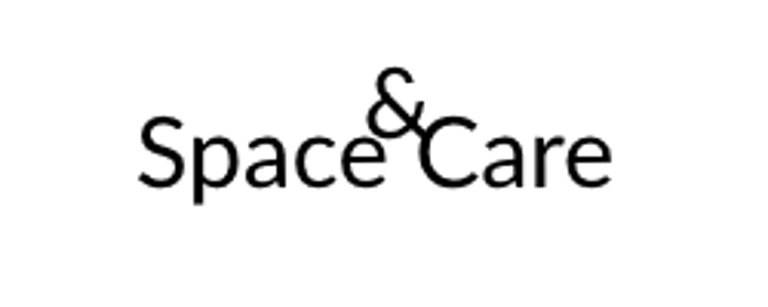Is Coffee Healthy?
Come to think of it, it's not about whether coffee is healthy or not! The bigger question is how we take our coffee: what we mix in it, how often we have it in a day, and how much of it we drink.
CARE
Nicole Lasam
6/1/20254 min read


How do you like your coffee? This is the ultimate question the determines whether your coffee habit is healthy or not. Coffee is enjoyed in many ways—all delicious, I might say, although personally I have a preference for the kind without any syrup or sugar.
Coffee is one of those drinks people enjoy every day. It’s often touted as a healthy drink because of the antioxidants in it. There are many other health benefits to the morning habit, as a quick Google search can show you.
The actual brew is bitter and black. But looking at the coffee drinks advertised in coffee shops or grocery stores, you know they’re often sweetened with sugar or syrup and mixed with milk or cream. The simplest coffee you can buy is the beans you can grind and brew at home. The most fancy ones… well, just look at the pictures on the menu of your favorite café and tell me! Apparently, in 2023, a video on X went viral because it counted the calories in one Dunkin Donuts coffee drink. “The Pumpkin Swirl Frozen Coffee… has 185 grams of sugar in it. It’s 46 teaspoons of sugar,” rants David Belle (@davidbelle_), who posted the video.
In other words, drinking coffee can be both healthy and unhealthy. Considering my question at the beginning, perhaps the better way to look at it is whether our habits of drinking and enjoying the coffee are doing us any good at all.
Habits
What makes a coffee drink not so healthy? First, the additions to it. How much sugar is in there? Sugar is added to many foods and beverages, which makes it difficult to remove it from the diet. According to Teresa Wagner, RD, LD, at Nutritional Weight and Wellness, “Research has found that approximately 75% of all packaged and prepared U.S. foods and beverages contain added sugars.” Because of added sugars, people of different age groups tend to eat more than the recommended amounts of sugar on a daily basis. (Check out their graph in the link!)
Another addition to the coffee drink is milk, cream, or creamer. Milk and cream are real food that contain fat, and that’s fine in moderation (unless you are lactose intolerant). Creamer is an ultra-processed food. Often served in little sachets, the creamer is not likely to be “too much,” but maybe it’s better not to get used to it.
A third common addition is flavoring, which is often a syrup—bringing us back to added sugars. It’s both added sugar and ultra-processed, as the flavorings in the syrup are not natural or whole food anymore.
Let’s move on to the second point. What makes coffee unhealthy is also in how often we drink it, and how much of it we take. Healthy coffee drinking follows the same rule used for healthy eating: moderation. According to Health.com, a person can safely drink four 8 oz. cups of coffee per day. Now, that doesn’t mean one should drink four 8 oz. cups every day. A cup or two would be moderate; four is bordering on the limit. In popular cafes, the coffee cup is rarely labeled in ounces. What’s more common is cup sizes in cute terms like Grande and Venti, or even just those boring ones like Regular and Large. If you’re curious about ounces, you can always clarify with the barista.
The third point is whether the coffee is real food or ultra-processed. Plain brewed coffee is generally not ultra-processed. The NOVA food classification system defines ultra-processed foods as those with industrially produced ingredients that aren’t real, whole foods. So, I mentioned creamer.
But not just creamers; sweeteners, syrups, and flavorings are also ultra-processed, and, if your coffee is canned or bottled, it may have preservatives as well. In this link is an infographic by Research Gate on the NOVA food classification system to help make ultra-processed foods easier to identify. According to public health expert Professor Robert Lustig, who was interviewed in the podcast Feel Better, Live More with Dr. Rangan Chatterjee, only Level 4 is not healthy.
In the podcast interview, Prof. Lustig simplifies the NOVA food classification system by thinking of it in terms of apple processing:
Level 1 - Whole Apple
Level 2 - Sliced Apple
Level 3 - Applesauce
Level 4 - Apple Pie
Resolutions
Coffee, like many foods, is not bad or good by itself. Rather, it's how we drink it that makes it healthy or unhealthy. Of course, there's always the doctor's advice that each of us, as patients, should heed. On top of that, our own habits and resolutions can help us make the daily coffee a good thing.
If you enjoy your coffee and you want it to be a healthier cup, it's wise to invest in a grinder and choose whole beans. First, learn to drink it black (it's actually a great way to see what really good coffee tastes like) and then when you have acquired your black belt for drinking black coffee, you can add what you usually like to your cup, create your "signature drink." This way, you can drink your coffee knowing that you're enjoying the actual coffee, and not just the things that you added to it.








